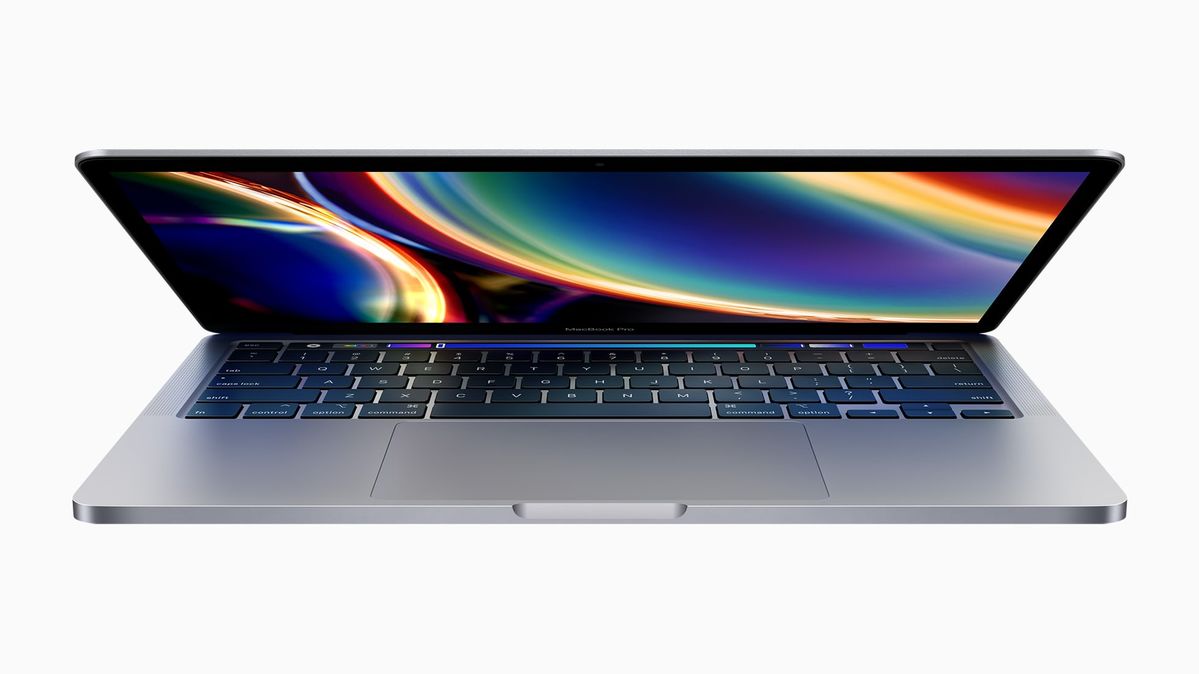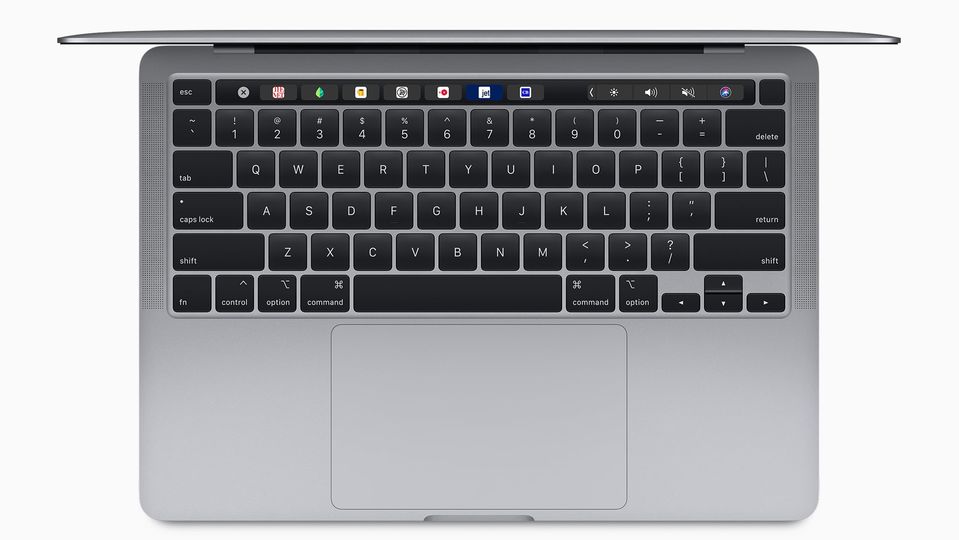With new MacBook Pro, Apple finally ditches the 'butterfly keyboard'
The biggest and most welcome improvement to Apple's latest laptop is right at your fingertips.

This week's arrival of Apple's new 13-inch MacBook Pro also marks the departure of its troublesome butterfly keyboard, with the fresh-baked laptop sporting the same more reliable 'Magic Keyboard' as the 16-inch MacBook Pro and the MacBook Air model.
It's by no means the only change in the popular mid-sized notebook, which also enjoys a spec-bump from Intel's Core processors and Iris Plus graphics chips plus up to 32GB of RAM and 4TB of SSD storage.
Yet it's the keyboard which most buyers will immediately notice, and then hopefully forget all about over the next few years.
That's at odds with the problem-plagued butterfly design, which too often served up reminders of its presence by way of inconsistently unresponsive, sticky or straight-out dead keys, while the thin underlying 'butterfly' mechanism which activated at each keystroke was susceptible to jamming up with crumbs, dust, and other particles.
Apple adopted the butterfly movement in 2015 in its seemingly never-ending quest for innovation and svelte design, as it allowed for a lower profile compared to the traditional scissor mechanism.
Many coders and wordsmiths lamented its imprecise feel and lack of 'travel' as each key was pressed. Despite several design revisions, Apple was forced to roll out a free program to replace broken butterfly keyboards, in what proved to be a rare design failure for the proud company, eroding both the brand's design reputation and customer confidence.
The 2020 edition of the 13-inch MacBook Pro presents a made-for-laptops version of Apple's desktop 'Magic Keyboard' design, which also presents the arrow keys in an inverted-T arrangement instead of the old four-way grid and, on the higher-spec and higher-price models with an OLED touchbar strip, adds a physical Escape key return to the left of the OLED touchbar, and a separate Touch ID sensor at the right end of the Touch Bar which doubles as a power button.
As to the rest of the notebook: the entry-level model (which starts at $1,999) pairs an 8th-gen 1.4GHz Intel processor with 8GB of RAM and a 256GB solid-state drive, while the beefier Touchbar versions (starting from $2,999) pack a 2GHz 10th-gen Intel powerplant with 16GB of RAM and a 512GB drive, which for the first time can be optioned up to 4TB.
Apple's next notebook play is expected to see those Intel chips nudged aside for the debut of the company's own-design ARM processor, which is based on the A-series chips of the iPhone and iPad but is substantially faster.
The first Apple ARM processors are said to have eight high-performance cores, codenamed Firestorm, and at least four energy-efficient cores, known internally as Icestorm. They'll be tailor-made to match Apple's MacOS and laptop hardware in order to deliver greater performance, extended battery life and access to more baked-in features than Intel processors, which must also work across a wide range of Windows-based systems.
In the shorter term, Apple's forthcoming MacOS Catalina 10.15.5 will include a new Battery Health Management feature intended to make the batteries themselves last longer, while the annual WWDC developer conference – to be held 'virtually' from June 22 - will likely provide a first look at MacOS 10.16, along with new versions of the iPhone, iPad and Apple Watch operating systems, and potentially a new HomePod smart speaker plus Bluetooth-based AirTag tracking devices.



Virgin Australia - Velocity Rewards
14 Mar 2017
Total posts 152
RIP Butterfly Keyboard. You won't be missed.
23 Mar 2020
Total posts 4
Good news. I‘ve been through 3 of these in a year thanks to this defective keyboard design. The last time I was encouraged to accept a “repair” not replacement and it has lasted longer but am starting to see signs this one is failing too.
Typo: macOS 10.16 not 16.16
Hi Guest, join in the discussion on With new MacBook Pro, Apple finally ditches the 'butterfly keyboard'